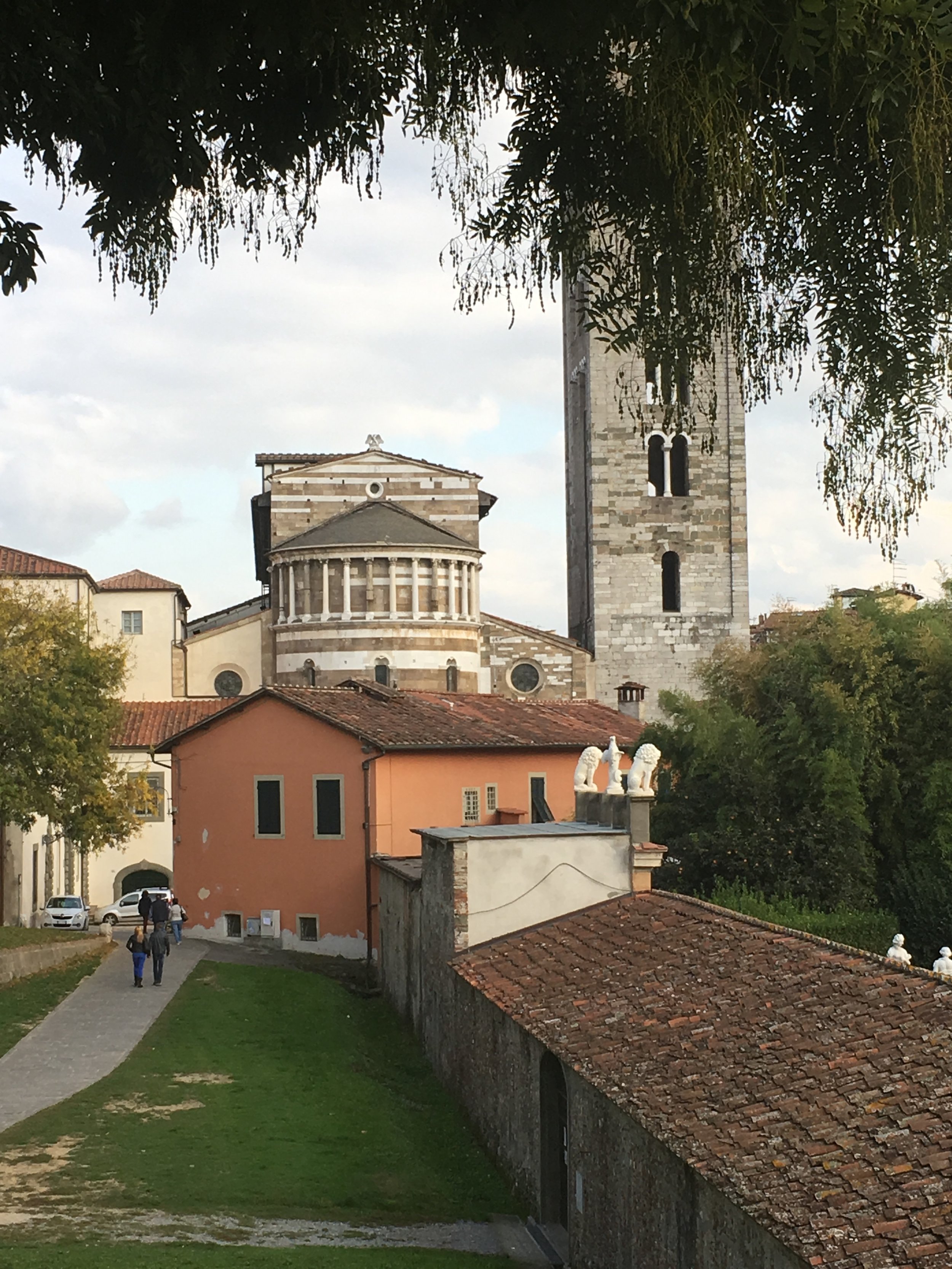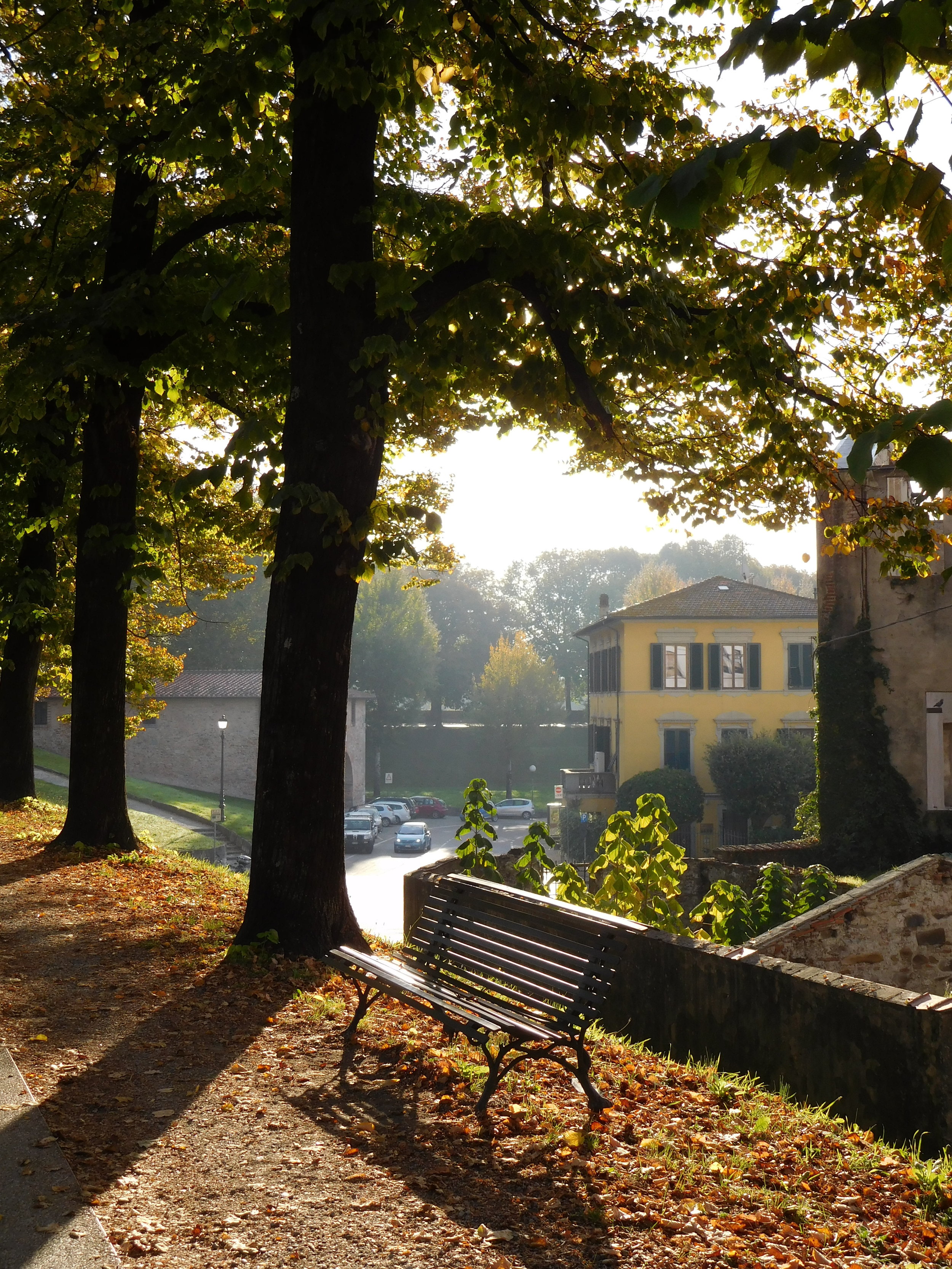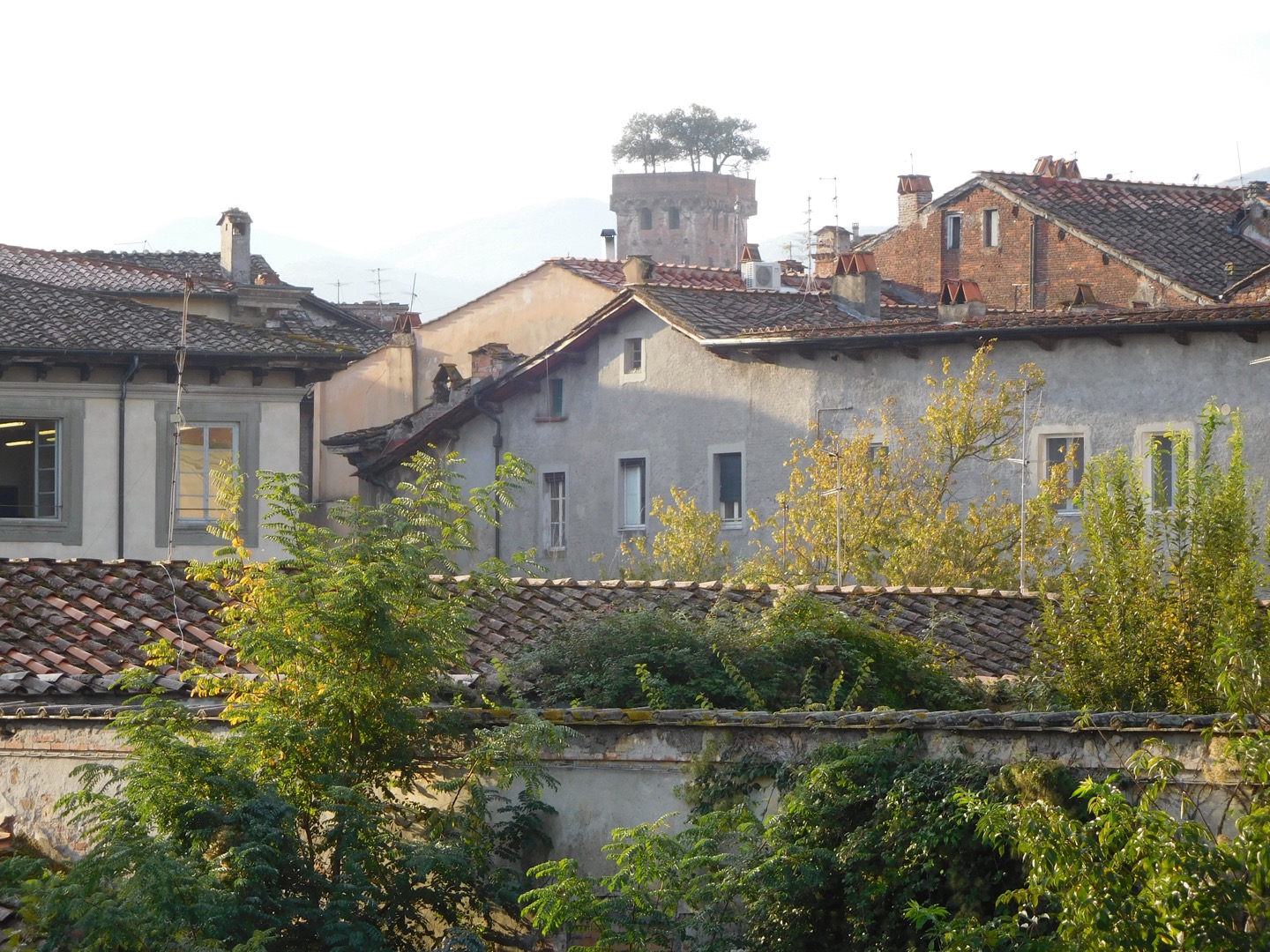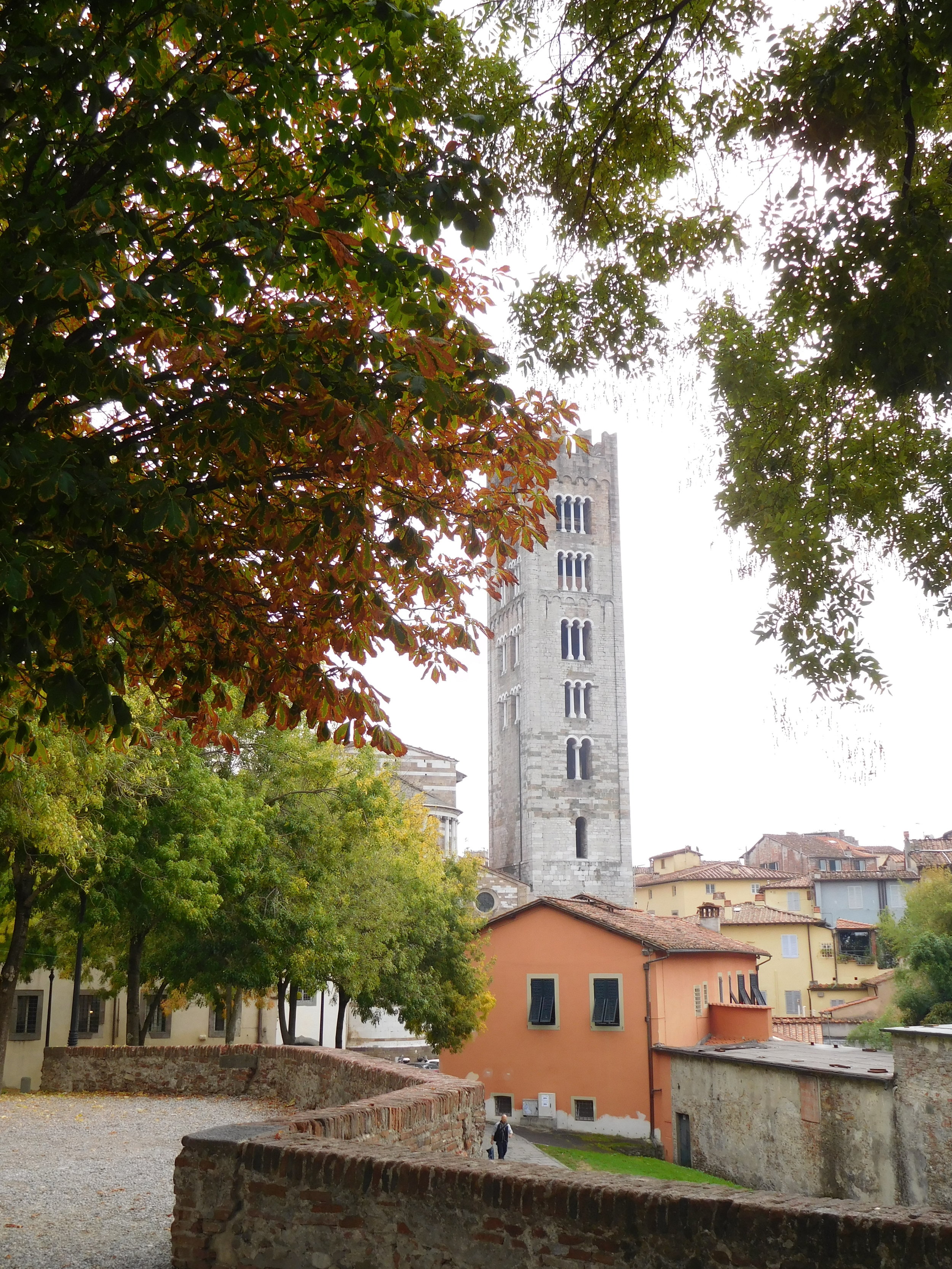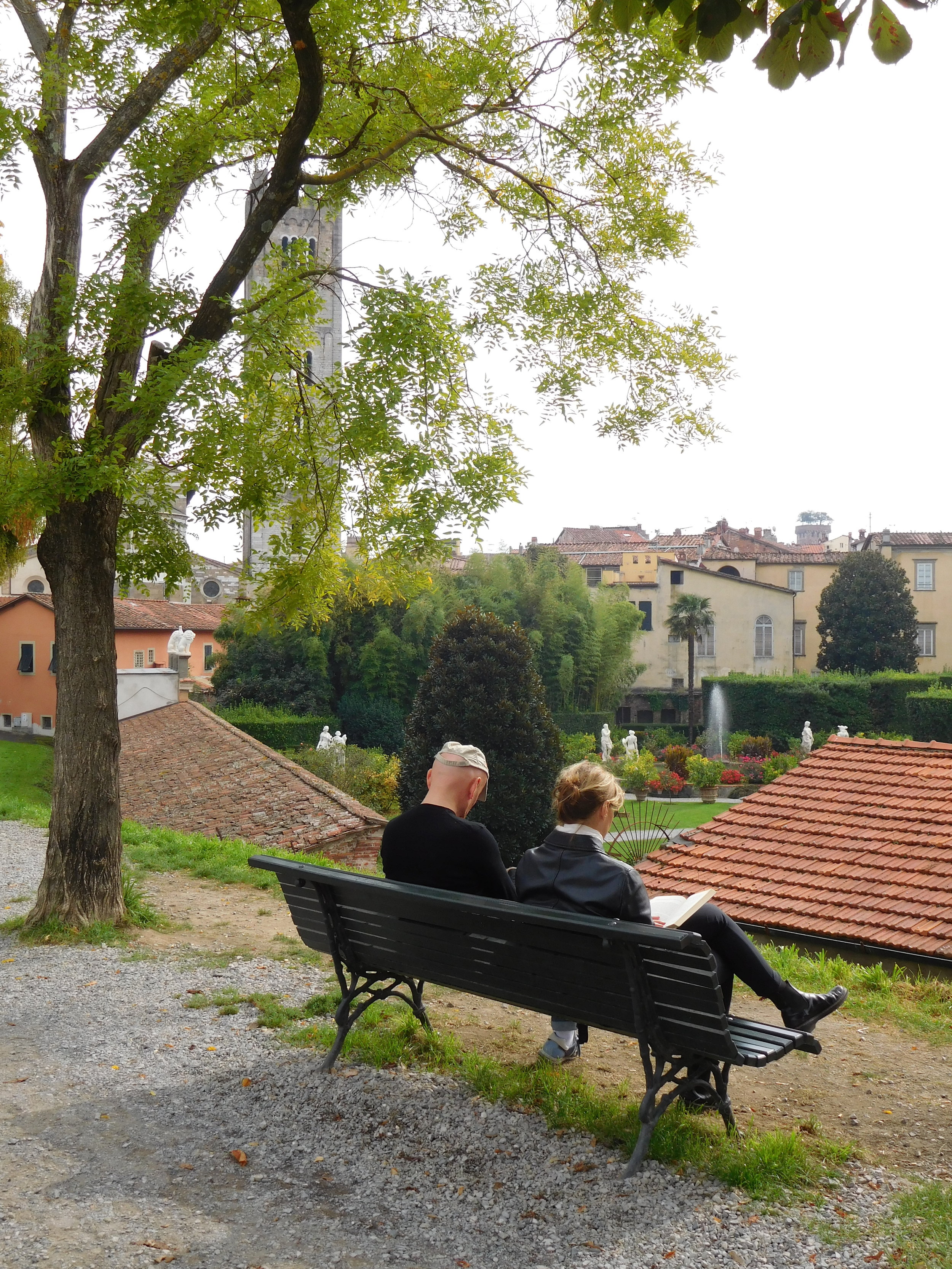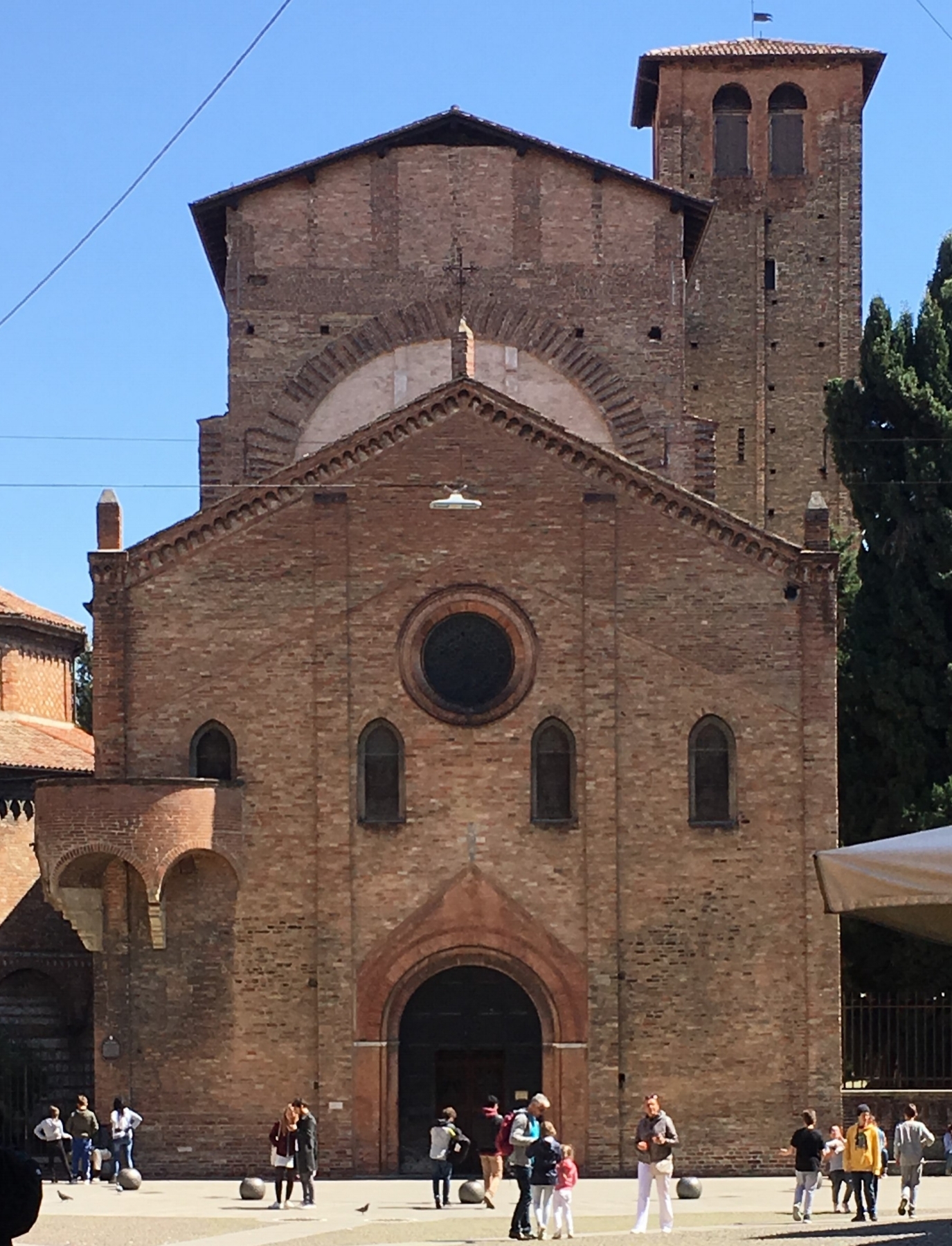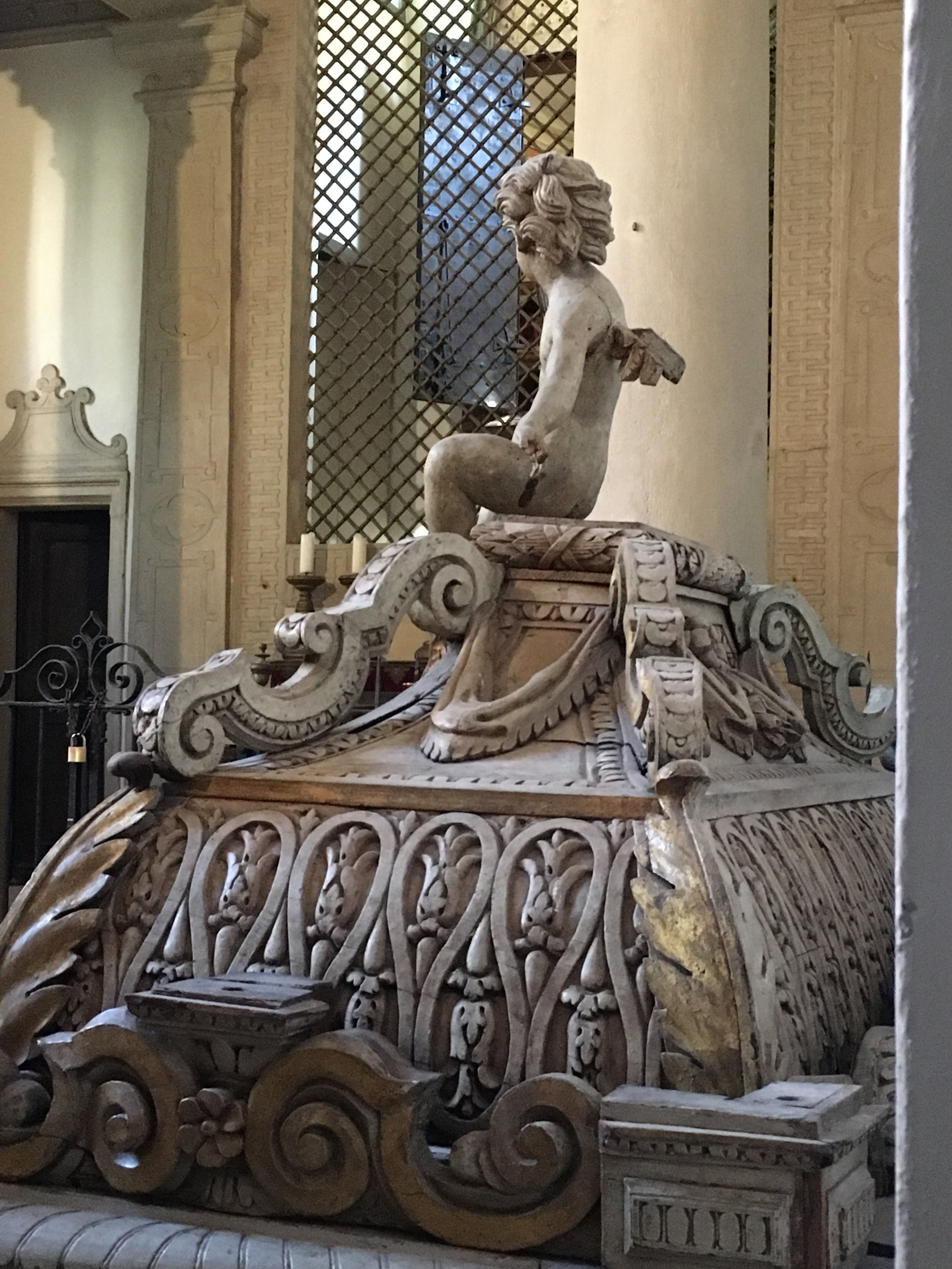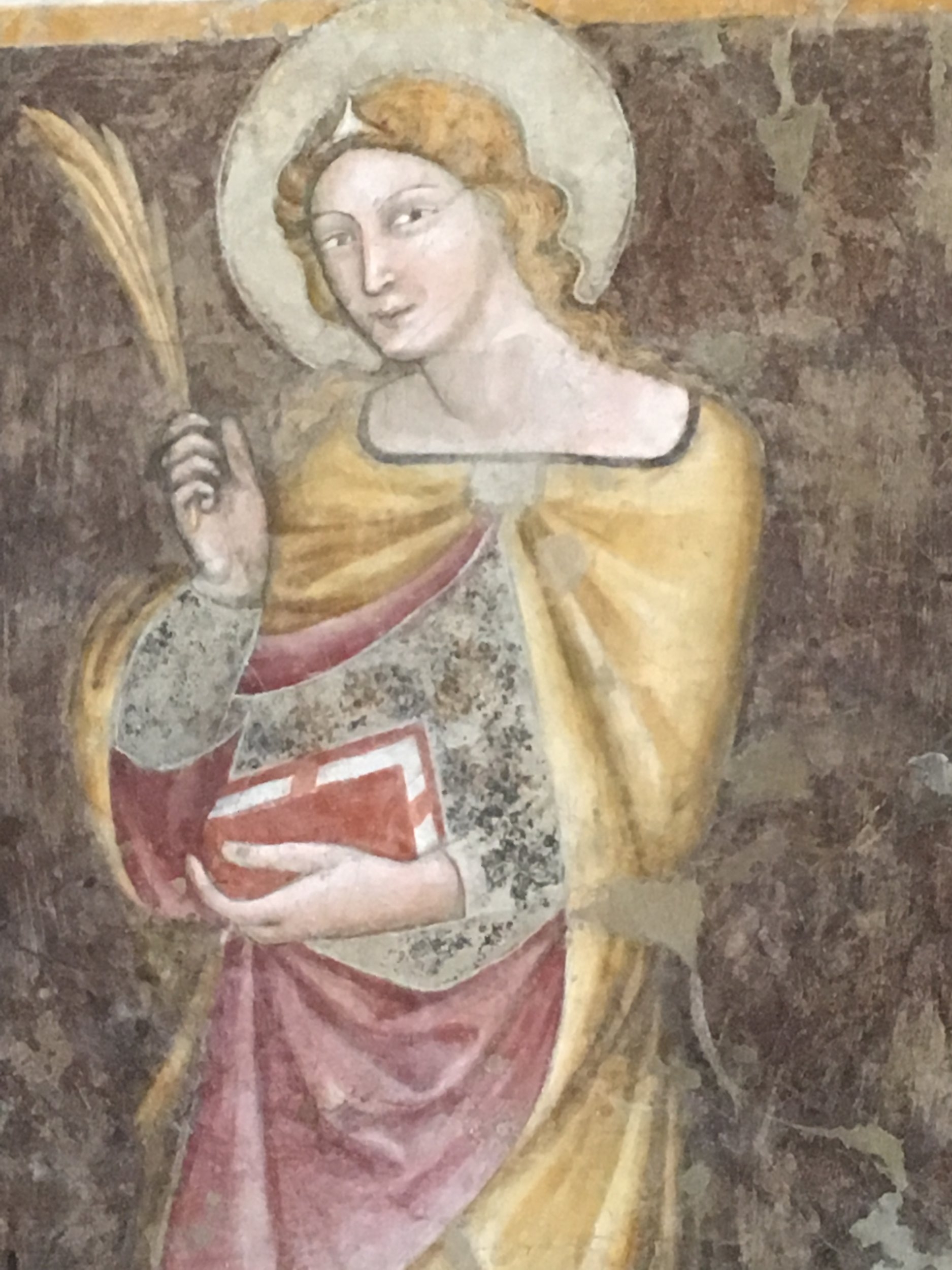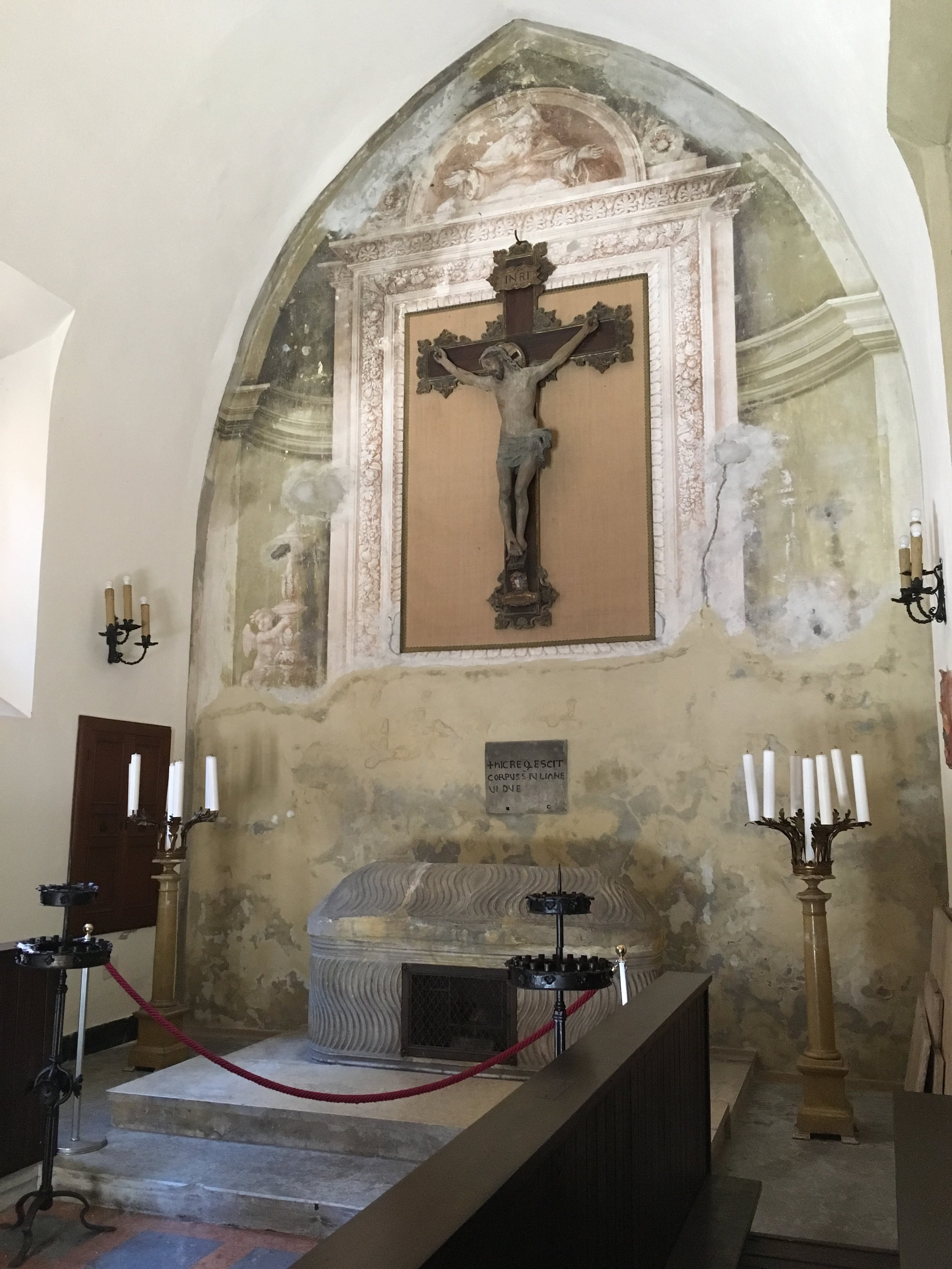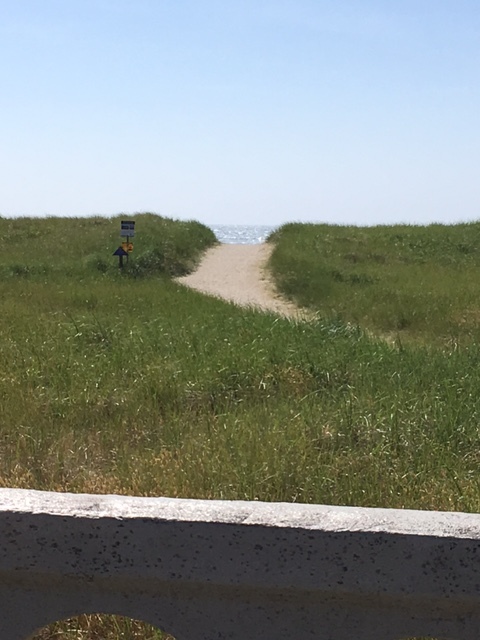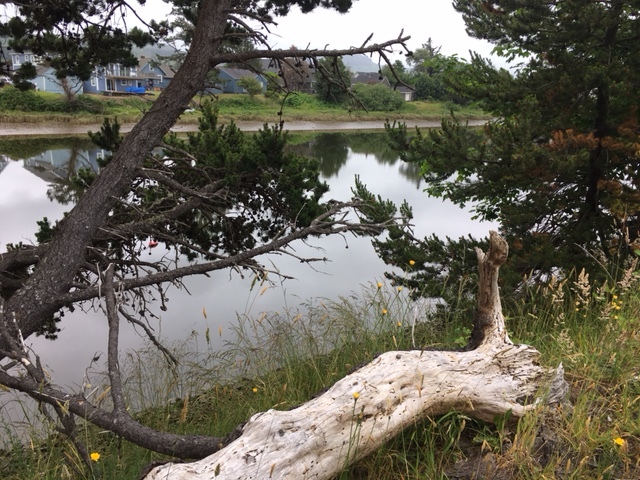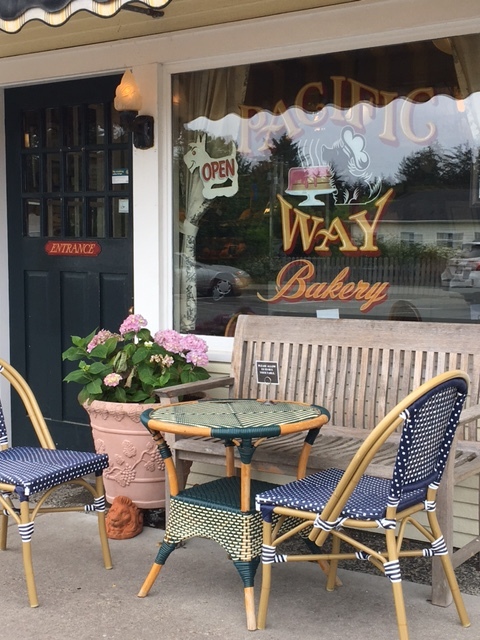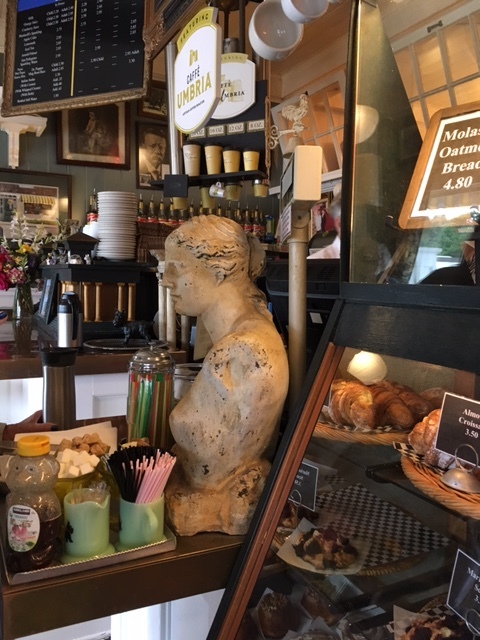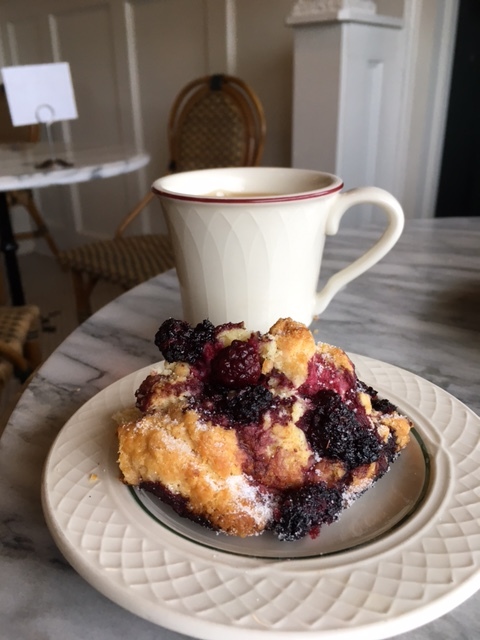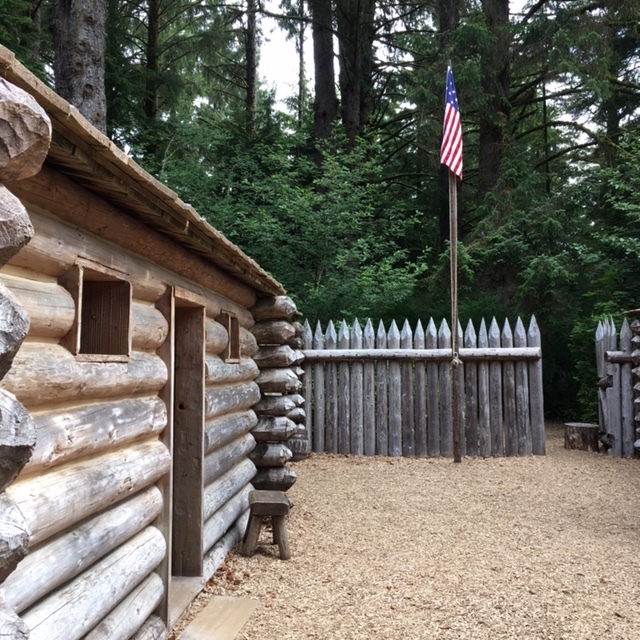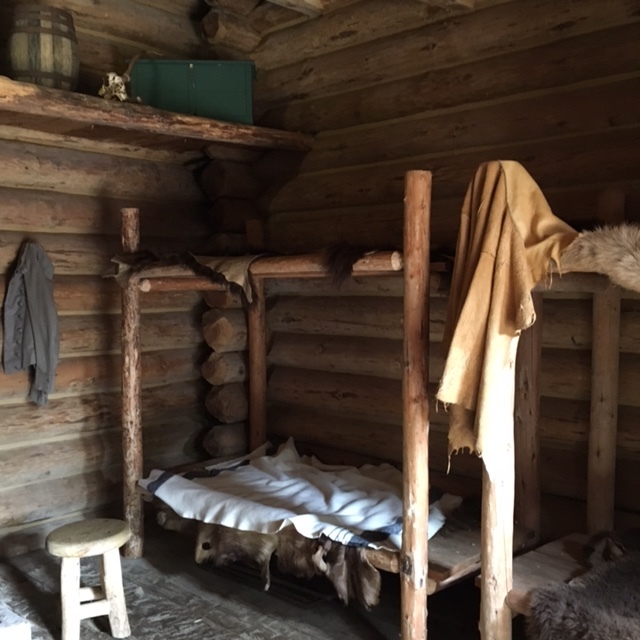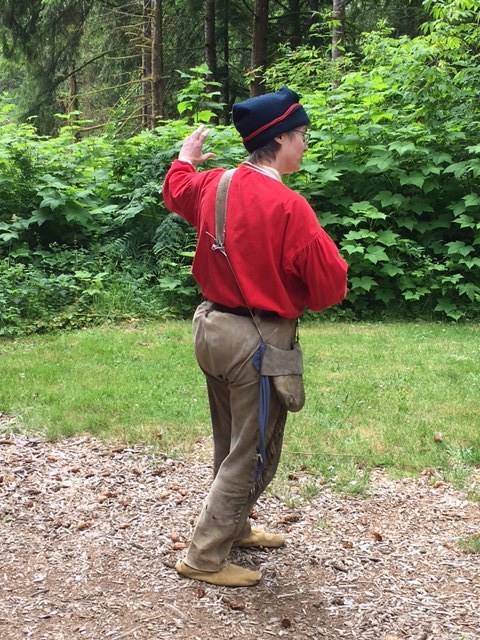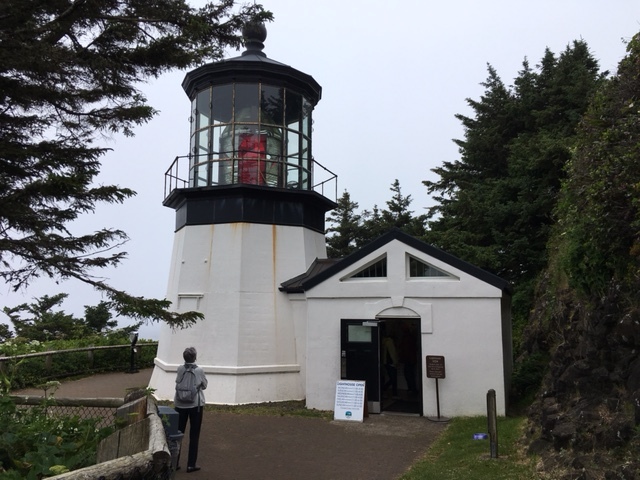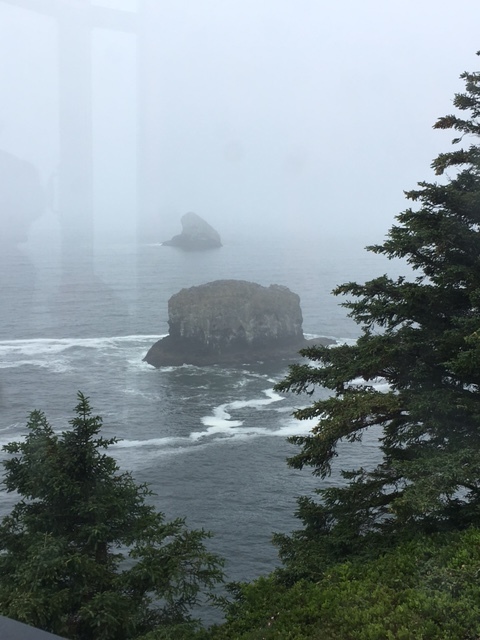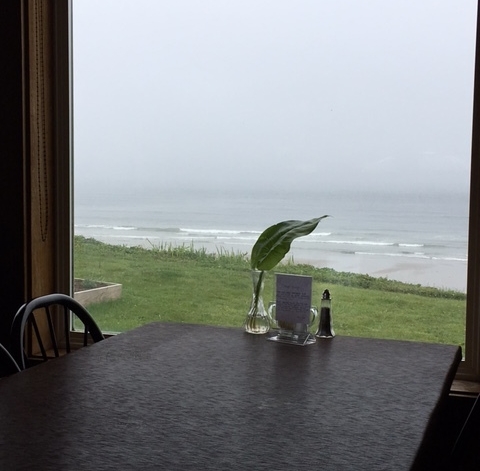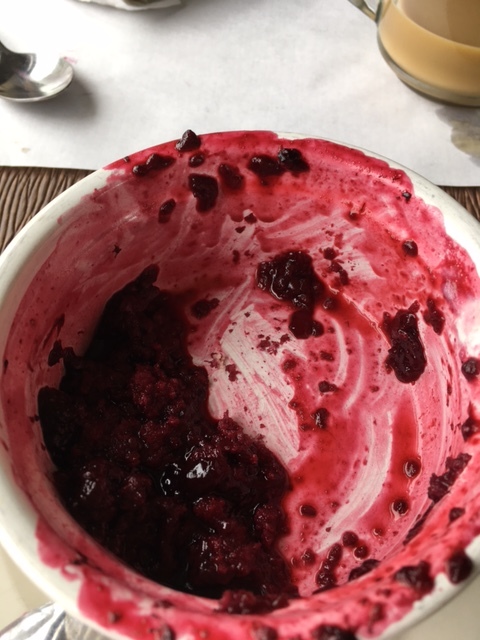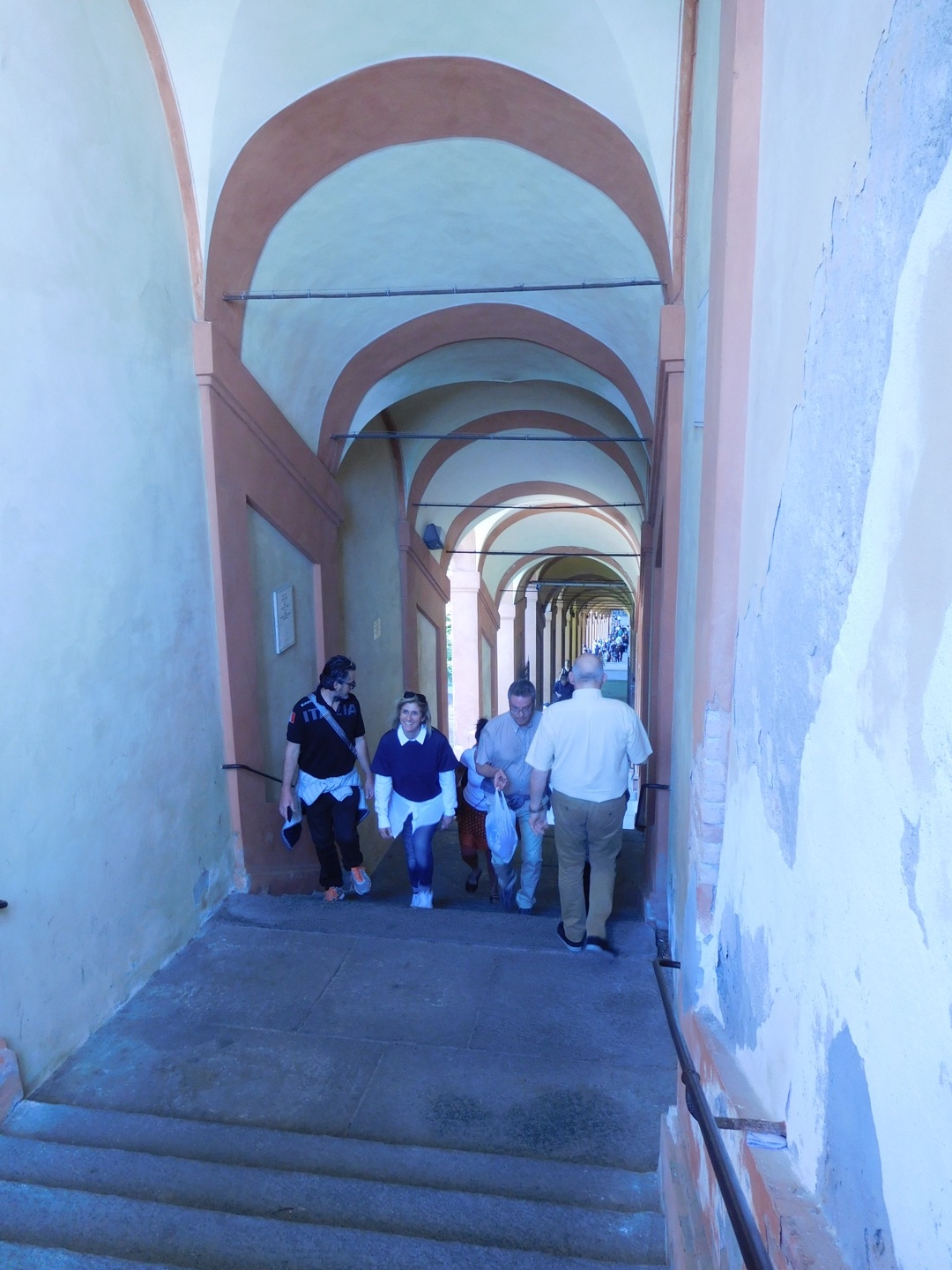Arrivederci Lucca
Piazza Anfiteatro (the Roman Amphitheater)
Last days in Lucca are always bittersweet. I look forward to returning home, to reconnecting with family and friends. I miss my kids and grandkids when I'm away; I'm sure the little ones have grown inches taller while I’ve been in Italy. And yet, I am terribly sad to say goodbye to Lucca, which feels as much like home to me as does New Mexico. Returning to Albuquerque for the late fall and the holidays means missing those wonderful seasons in Italy. Staying in Lucca would mean missing them in New Mexico. This is the challenge of a life divided by place - just where is home, and where is away? Which is "here" and which is "there"?
By necessity my last day was partially spent sorting through things I've accumulated in the last weeks, clearing out the refrigerator and kitchen in my apartment, and packing. But I also spent a lot of time wandering through Lucca and saying arrivederci to people and places. As I wandered, I tried to commit to memory my favorite views - rooftops, gardens, towers, statues, churches, medieval streetscapes, cafes, and squares.
A favorite bar / cafe just off Piazza San Michele, Lucca
I stopped for a late morning cappuccino - an Italian ritual I will sorely miss at home. I tried to absorb the sounds and scents of the city and the magical sound of the Italian language (oh how I will miss my classes at Lucca Italian School). And of course I took a long walk on Le Mura (the walls) and sat on "my" bench overlooking the back of the church and bell tower of San Frediano and the gardens of Palazzo Pfanner. Of all the views of Lucca from Le Mura, this is my favorite.
A delicious farewell lunch at Gigi Trattoria.
I had a long, slow lunch at one of my favorite restaurants, Gigi Trattoria. They served a fabulous autumn dish, risotto con zucca e salsiccia (pumpkin and sausage), alongside delicate verdure fritte (fried vegetables), a vino bianco frizzante (sparkling white wine) and 2 little homemade cookies (Biscotti di Gigi). Knowing I would be gone for the next 4 months, they wished me not only Buon Viaggio but also Buone Feste (happy holidays), Buon Natale (Merry Christmas), and Buon Capodanno (Happy New Year ). We parted with the traditional Italian kisses and a "ci vediamo in Marzo" (see you in March). This welcoming friendliness, this willingness to embrace a straniera (foreigner) is one of the many reasons I love Lucca.
Late in the afternoon, because looking ahead makes leaving a bit easier, I walked past the apartment I have already rented for spring. It's right across from the Torre Guinigi (the tower with the trees on top) and around the corner from the Boccherini Music Institute. I know that I will hear music from the student rehearsals drifting through my windows when I return in spring. Until then, I will be writing about my experiences in Italy this fall, daydreaming about Lucca, cooking Italian dishes at home, trying to build stronger language skills, and doing all I can to remain in an Italian frame of mind. post by JMB
The Torre Guinigi, near the apartment I have rented for Spring 2018.


